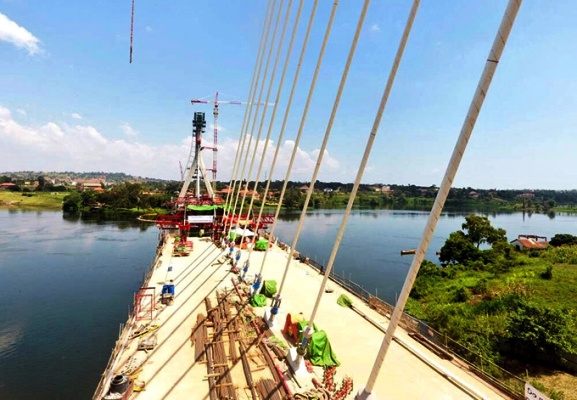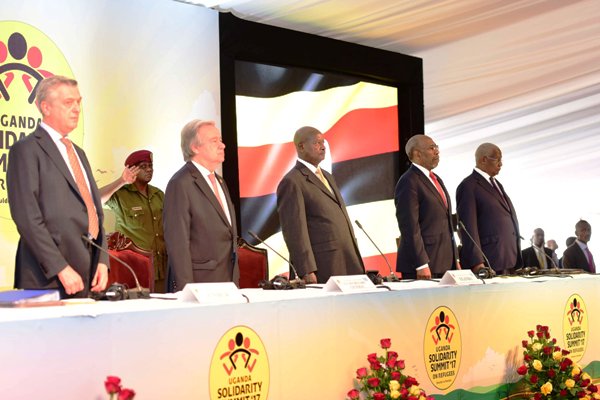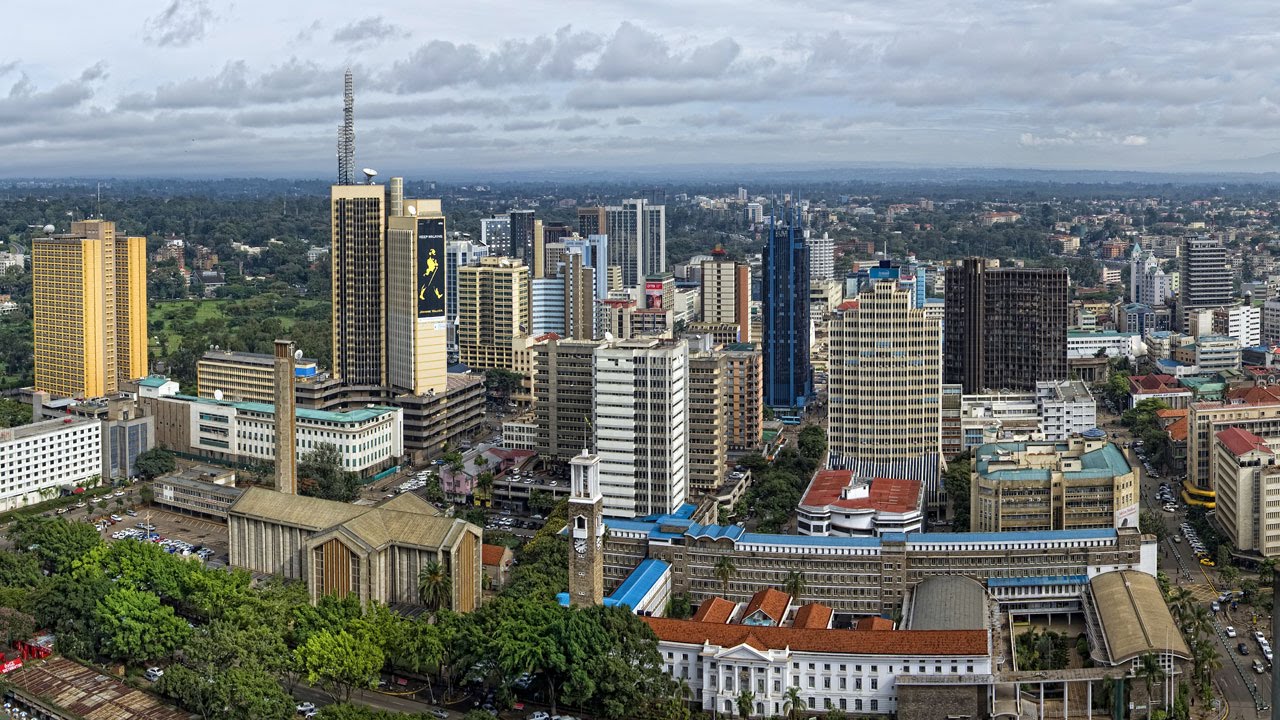Parliament has approved an additional Shs195.79bn loan from Japan International Cooperation Agency (JICA) for completion of construction of the New Nile Bridge in Jinja.
The request by Government to borrow an additional Japanese Yen 5.706bn approximately USD49.9Million was tabled by the Minister of Finance on 24th May 2017 from the Japan International Cooperation Agency (JICA) that would be used for the completion of construction works of the new bridge across River Nile.
However, Parliament’s Committee on National Economy observed that the additional amount required to complete the construction works at the new Nile Bridge was over stated by JPY 1.815 billion. This is because the cost of JPY depreciation against the USD is estimated to be JPY 3.077billion, while additional cost resulting from higher bid prices is JPY 0.814billion.
This brings the totals to JPY3.891billion, lower than what is being requested for.
“The Committee therefore recommends that the request by Government to borrow up to JPY 5.706 billion from JICA for financing the completion of the New Nile bridge at Jinja Project be adjusted borrow up to JPY 3.891 billion (about Shs195.79bn) subject to the above recommendations,” the Committee said in its report to Parliament. The lawmakers approved the loan on Tuesday.
The loan will increase the Country’s total nominal public debt that is currently at US$ 8.6 billion as at the end of June 2016. External debt is US$5.2 billion contributing 60.5% of the total nominal debt while domestic debt is US$3.4bn contributing 39.5%, Parliament says.
The estimated nominal debt as a percentage of GDP as at end June 2016 is 34.9% while the Present value (PV) of Public Debt-to-GDP ratio is 27.0% as of end June 2016. This is relatively below the Public Debt Management Framework threshold of 50 per cent.
When considering the performance of the Medium Term Debt Strategy of FY 2016/17, total public debt was projected to rise to 37.5% of GDP from 34% in FY 2015/ 2016. As at half period of FY 2016/2017, public debt had risen to 36% due to increased disbursements and domestic borrowing from the domestic market.
It is worth noting that Parliament approved JPY 9.198 billion loan from JICA to construct the New River Nile Bridge in Jinja.
Construction works for the New Nile Bridge commenced in 2013 to cover 82% of the civil works and 100% for consultancy services. However, due to substantially higher costs than initial expectation posted by the contractor (which is a joint venture of the Zenitaka Corporation and Hyundai Engineering and Construction Co. Ltd) along with the significant depreciation of the Japanese Yen, the share of financial cost between JICA and government was substantially affected.
The initial end date for the project completion was 12th April 2018. However, the completion date has been adjusted to 6th June 2018 due to financing gaps.
Local Content Concerns
While presenting the report on the loan, Lawrence Bategeka, the Vice Chairperson National Economy Committee raised concerns over the sidelining of local manufacturers, where the contractor was found to have relied on foreign products.
He noted that the Committee discovered that the major inputs used in the construction were imported with the exception of reinforcement bars manufactured by Roofings (U) limited, in total disregard of the growing steel and cement industries in the country.
“Regarding the inputs used for the construction of the bridge, only reinforcement bars are procured locally from Roofings limited amounting 2,550tons while 710tons were imported and the rest of the major inputs; stay cables, steel anchorage box, form work tube, steel materials and Cement are imported,” the Committee report says.
As per the Committee report, the cement currently used amounting to 5,880 tons is imported from Hima Cement-Kenya, with the contractor arguing that this is due to the quality specifications required for the construction of the bridge.
The National Economy Committee report highlighted that the local Cement manufacturers like Tororo Cement who can provide the same standards were not involved, as the procurement of cement was done with suppliers who had inferior samples.
Yet still, there were complaints of low pay especially for semi and unskilled workforce as well as limited availability of recruitment of local workforce in the skilled category.
Government justified the loan request on grounds that the country’s transport system heavily relies on the road sector, accounting for over 9O% of all modes of public transport.
The Ministry of Finance went further defending the loan request noting that Uganda’s road transport infrastructure also serves as a transit corridors linking the land-locked negibouring countries; Rwanda, Burundi, South Sudan and parts of eastern DRC to the port of Mombasa and Dar-es Salaam.
The existing Nalubaale Bridge, constructed in 1954, has become a bottleneck for the transport of goods and passengers due to its narrow width, plate deck deterioration and exfoliation of the concrete surface of the bridge piers.
The situation was further worsened by the increasing traffic volume coupled with overloaded heavy vehicles with augmented demand for transportation to Kampala which stems from successive economic growth Uganda will experience causing severe deterioration of the existing bridge structure.





